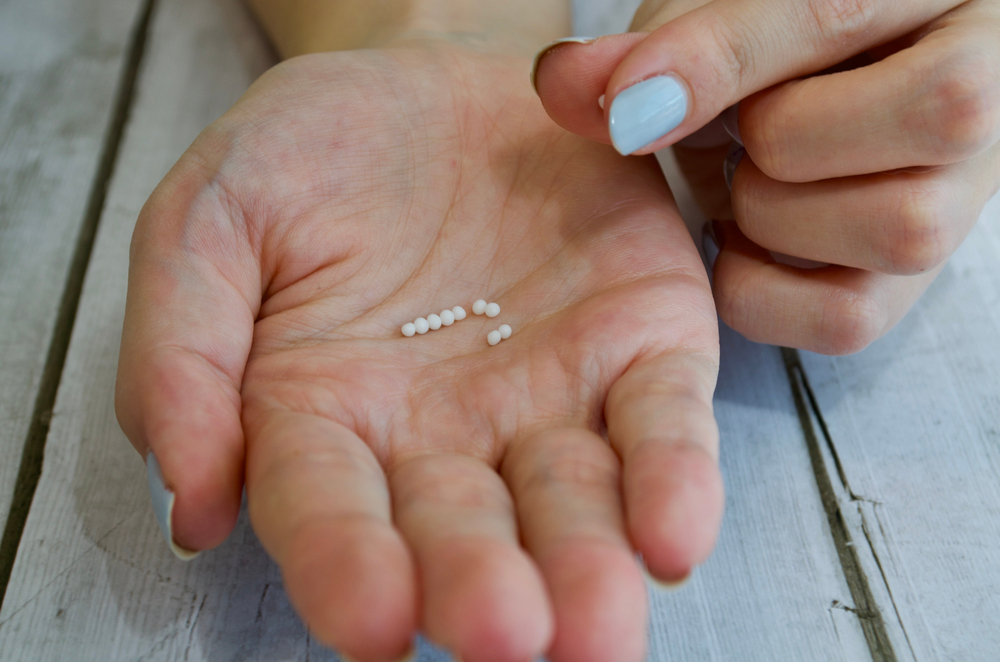
What Does Pellet Therapy Do?
What is Hormone Pellet Therapy?
Hormone pellets are increasingly becoming a popular method of delivering hormones for patients on hormone replacement therapies. Hormone pellets are typically implants inserted under the skin to release bioidentical hormones. Both men and women may require hormone replacement procedures to balance testosterone, estrogen, and other deficient hormones.
Men with testosterone deficiency require hormone replacement therapies to augment testosterone levels in the body. Women primarily use hormone therapies to treat menopause symptoms, while transgender people use these treatments to enhance or suppress specific sex characteristics.
What are Hormone Pellets?
The success of hormone replacement therapies highly depends on getting the right dose to balance vital hormones and choosing the right delivery method that suits individual needs. Fortunately, innovations have led to the introduction of several delivery methods, including injections, creams, sublingual drops/troches, pills, patches, capsules, and pellets. Patients have started appreciating hormone pellets because they last between 3 and 6 months for females and males, respectively.
That said, hormone pallets are small-sized hormone-based implants that healthcare professionals insert under the patient’s skin. They gradually release bioidentical hormones to the body. Bioidentical hormones are manufactured from plants that mimic the natural hormones produced by the human body.
Procedure for Hormone Pellet Therapy
Like other medical procedures, healthcare providers should consider several factors, such as body mass index and hormone levels, to decide if hormone pellets therapy is appropriate. Insertion of pellets is an outpatient procedure, and the doctor numbs your skin and inserts the pellet through a small incision, mostly in the hip area.
Pellets are the size of a rice grain, and stitching isn’t necessary after insertion. One or more pellets can be inserted depending on findings from hormone-level tests. Hormone pellets release hormones into the body gradually over a period of three months or more.
Benefits of Hormone Pellet Therapy
In the following ways:
- Relieves menopausal symptoms
- Improves low sex drive
- Improves energy and mood
- Reduces body fat
- Prevents the development of health conditions such as osteoporosis and heart diseases
Some benefits of hormone pellet therapy are directly related to the delivery method. These benefits include:
- Hormones are absorbed directly into the bloodstream without passing through the gastrointestinal system and the liver
- There’s better control over the hormones released. The body absorbs hormones to meet the deficiencies
- Continuous supply of hormones in the body
- Convenient as patients don’t have to apply gels, creams, or take medications daily
What are the Side Effects of Hormone Pellet Therapy?
Regardless of the method of administration, hormone replacement therapies have some side effects. Side effects of hormone pellets depend on the type of hormones on the pellets and hormone levels. Most people who experience side effects have a history of using high doses of testosterone. Using high levels of testosterone continuously can lead to the following side effects in women:
- High levels of LDL cholesterol
- Irritability
- Acne
- Excessive hair growth on the face, back, torso, and chest
Who Should Use Hormone Pellet Therapy?
Most people under hormone pellet therapy and other hormone replacement therapies are experiencing menopause. Such patients may present with the following symptoms:
- Vaginal dryness
- Night sweats
- Hot flashes
- Mood swings
You should consider hormone replacement therapies if these symptoms are significant enough to interfere with everyday life.
Conclusion
Hormone pellet therapy is increasingly becoming a preferred method of hormone administration for most people with hormone deficiencies, especially during menopause and andropause. After insertion of the pellet, patients should adhere to routine follow-up care, and embrace healthy lifestyle choices.

